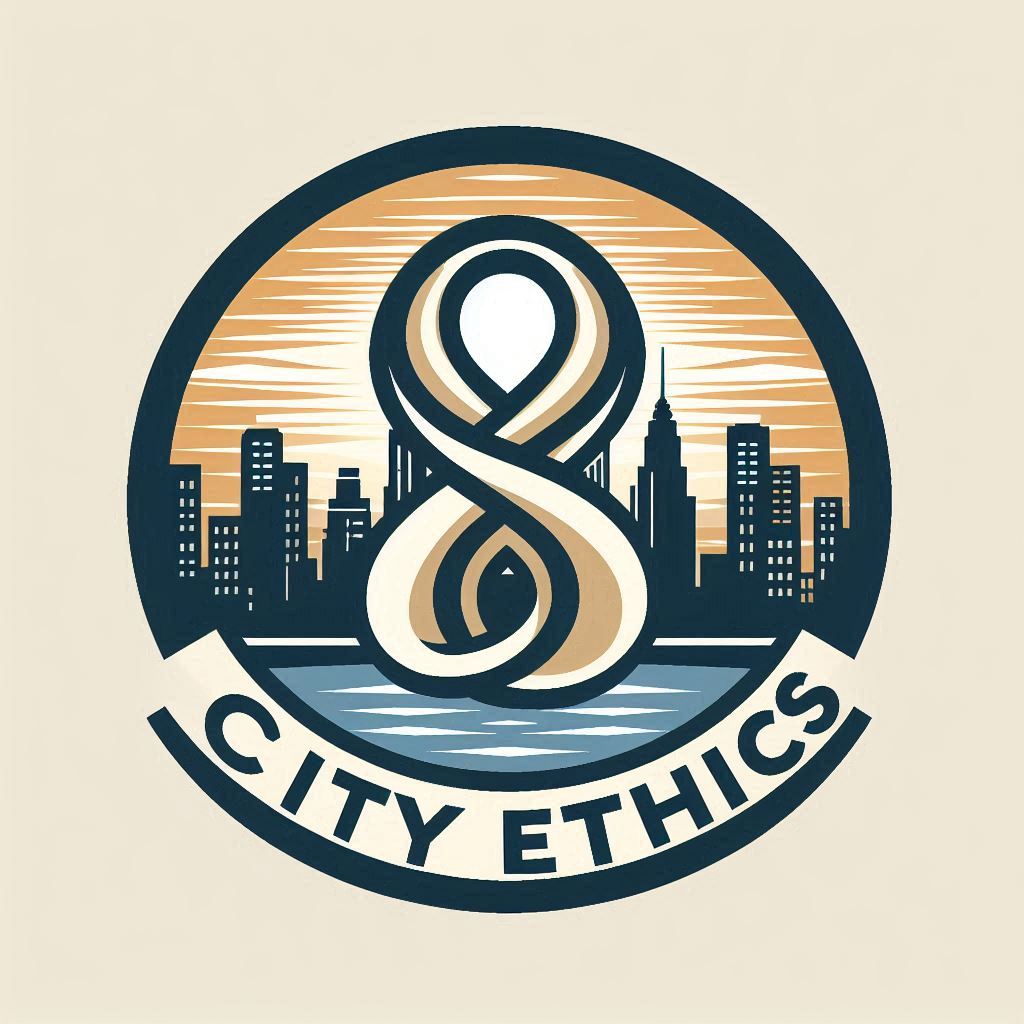How Bystanders Can Put an End to Political Bullying
It should come as little surprise to people involved in local
government that <a href="http://www.nytimes.com/2009/06/09/health/09klas.html" target="”_blank”">a New York
<span>Times</span> article</a> about
bullying among ten- and eleven-year-olds has a great deal of relevance.
I said for years about my town's government that its major participants
were like ten-year-old boys on a playground, taunting, playing games of
intimidation, spreading false rumors, keeping communal secrets,
excluding
whoever doesn't go along, and staying loyal to those in control so that
they aren't excluded themselves.<br>
<br>
What's valuable about this article is the solution that the American
Academy of Pediatrics is recommending to deal with bullying at school.
Its approach "focuses attention on the largest group of children, the
bystanders. ... [Its approach] manages to turn the school situation
around so the other kids realize that the bully is someone who has a
problem managing his or her behavior, and the victim is someone they
can protect."<br>
<br>
Children, apparently, take very well to this approach. They seem to
understand that they can choose to be either enablers or preventers.
They seem to understand that, even if they are neither bullying nor
being bullied, they have a role to play in bullying.<br>
<br>
Many town officials and aware citizens, in my experience, don't seem to
be able to achieve the same level of understanding, at least without
outside intervention (for school administrators, read the district
attorney, state attorney general, or FBI). It doesn't seem to occur to
them that, by putting on a professional face, by trying to appear above
the
taunting and intimidation, they are contributing to it.<br>
<br>
Bullies see
silence as the success of their tactics. And very often they are right.
The professional face is hiding fear. The silent are often victims
themselves, even when they are not the bully's target.<br>
<br>
Only bystanders are truly in a position to put an end to political
bullying. And it doesn't take too many of them. I am convinced that if,
years ago, three professionals were to have sat down with the town's
leaders, told them they knew what was going on and that, if it didn't
stop immediately, they would take them on publicly, all the shenanigans
would have stopped.<br>
<br>
But, for example, when I asked a couple dozen lawyers in town to sit
down to talk about the laws that were being broken by town officials,
not one was willing to even discuss the matter, and not a single one
stood up. If not for
the state's attorney, nothing would have changed. The playground that
was my town's government required outside intervention.<br>
<br>
It doesn't have to be that way. Like children, we all have a choice to
be either enablers or preventers.<br>
<br>
What happened to the few non-lawyers who did speak out publicly, and
were
personally attacked by the bullies? Nothing. Most bullies are cowards.
But because people wanted to be in the bullies' good graces, and feared
for their reputations, their businesses and
professions, or simply felt it wasn't worth the bother, they enabled
the bullies. They formed a big red cape. They were, together,
responsible for all the money that was wasted and stolen, the contracts
that weren't bid out, and the employees who were mistreated.<br>
<br>
It doesn't have to be that way. The bullies can't do what they make
people feel they can do. The only card they have to play is
intimidation. If people stand up for the victims of intimidation, the
bullies will stop. Immediately. If people keep out of it or support it,
it will continue. Just like on the playground.<br>
<br>
Robert Wechsler<br>
Director of Research-Retired, City Ethics<br>
<br>
---</p>
